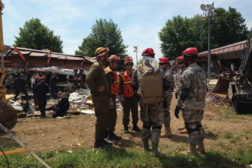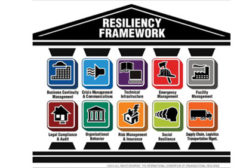Security & Business Resilience
Lessons Learned from Security at the 2014 World Cup
Brazil just hosted the world’s most highly anticipated and watched tournament, the 2014 FIFA World Cup.
September 1, 2014
Despite Global Upset, CSOs Secure Business, As Usual
Protecting and supporting stakeholders on a global scale through investments in security operations centers (SOCs), intelligence services and travel support companies has become a best practice for leading security programs.
September 1, 2014
How to Plan for Emergency Response Success
Just because a natural, man-made or other type of disaster has never happened within your enterprise doesn’t mean it never will
June 1, 2014
SMBs without Business Continuity Planning Miss Out on Insurance Perks
A Cloud Direct survey reports that 54 percent of respondents were unaware there were insurance benefits to having a business continuity plan.
May 1, 2014
How to Add Resiliency to Your Risk Management Strategy
The latest buzzword these days is “Resiliency,” which for all intents and purposes is really nothing more than a new term for business continuity planning (BCP) in the private sector and continuity of operations planning (COP) in the public sector.
May 1, 2014
Sign-up to receive top management & result-driven techniques in the industry.
Join over 20,000+ industry leaders who receive our premium content.
SIGN UP TODAY!Copyright ©2024. All Rights Reserved BNP Media.
Design, CMS, Hosting & Web Development :: ePublishing







